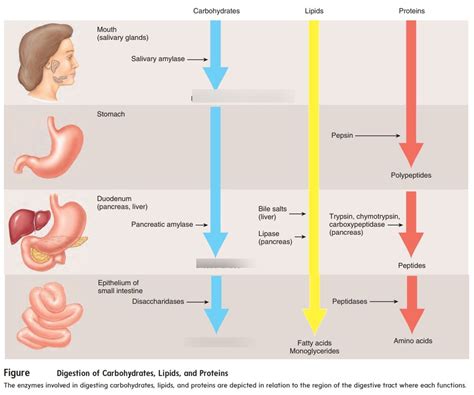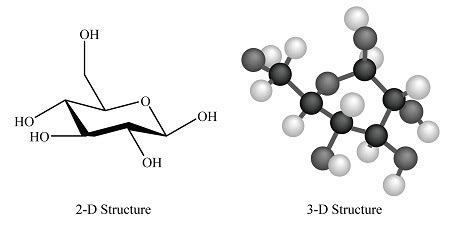Carbohydrates are one of the primary sources of energy for the human body, and understanding their structure is essential for various fields, including chemistry, biology, and nutrition. Drawing carbohydrates can seem like a daunting task, especially for those without a background in chemistry. However, with a step-by-step approach, it can be made easier and more accessible. In this article, we will explore how to draw carbohydrates in easy steps, focusing on the basic principles of carbohydrate chemistry and providing practical tips for accurate representation.
Understanding Carbohydrate Basics

Before diving into the drawing process, it’s crucial to understand the basic components of carbohydrates. Carbohydrates are composed of carbon ©, hydrogen (H), and oxygen (O) atoms, typically in a ratio of 1:2:1. They can be classified into simple carbohydrates (sugars) and complex carbohydrates (starches and fibers). The simplest carbohydrates are monosaccharides, such as glucose and fructose, which cannot be hydrolyzed into simpler sugars. Disaccharides, like sucrose (table sugar), are formed from two monosaccharides and can be broken down into their constituent parts through hydrolysis.
Monosaccharides: The Building Blocks
Monosaccharides are the foundational units of carbohydrates and are essential for understanding more complex carbohydrate structures. To draw a monosaccharide like glucose, follow these steps: - Start with a central carbon atom. - Attach hydroxyl groups (-OH) to each of the other carbon atoms except one, which will have an aldehyde group (-CHO) for aldoses (like glucose) or a ketone group (C=O) for ketoses (like fructose). - Hydrogen atoms are attached to fill the remaining bonds, ensuring each carbon has four bonds and each oxygen has two, following the duet rule for hydrogen and the octet rule for carbon and oxygen.
| Monosaccharide | Chemical Formula | Description |
|---|---|---|
| Glucose | C6H12O6 | Aldose, primary source of energy for cells |
| Fructose | C6H12O6 | Ketose, found in fruits and honey |

Disaccharides and Beyond

Disaccharides are formed when two monosaccharides are joined by a glycosidic bond, with the loss of a water molecule (dehydration synthesis). To draw a disaccharide like sucrose, follow these steps: - Draw the two constituent monosaccharides (glucose and fructose for sucrose). - Identify the anomeric carbon (the carbon derived from the aldehyde or ketone group) in each monosaccharide. - Form a glycosidic bond between the anomeric carbons of the two sugars, removing a hydroxyl group from one and a hydrogen atom from the other, effectively losing a water molecule.
Complex Carbohydrates
Complex carbohydrates, including polysaccharides like starch and cellulose, are composed of many monosaccharide units linked together. Drawing these molecules involves: - Starting with a long chain of carbon atoms, each with its hydroxyl groups and hydrogen atoms. - Forming glycosidic bonds between the monosaccharide units, typically between the anomeric carbon of one unit and a hydroxyl-bearing carbon of another. - Representing the branching or linear structure of the polysaccharide, depending on the type.
Key Points
- Understanding the basic structure of monosaccharides is crucial for drawing more complex carbohydrates.
- The formation of glycosidic bonds is key to creating disaccharides and polysaccharides.
- Stereochemistry plays a significant role in the biological function of carbohydrates.
- Accurate representation of carbohydrate structures requires attention to the arrangement of atoms and the types of bonds formed between them.
- Practice drawing different types of carbohydrates to become proficient in representing their structures.
Practical Tips for Drawing Carbohydrates
When drawing carbohydrates, it’s essential to pay attention to detail, ensuring that each carbon atom has four bonds and each oxygen has two, and that the hydroxyl and hydrogen atoms are correctly placed. Using models or online tools can help visualize the three-dimensional structure of carbohydrates, making it easier to draw them accurately. Furthermore, practicing with different types of carbohydrates will help in understanding the variations in their structures and how these relate to their functions in biological systems.
What is the simplest way to start drawing carbohydrates?
+Start by drawing the simplest form of a carbohydrate, a monosaccharide like glucose, and then build upon that structure to create more complex carbohydrates.
Why is stereochemistry important in carbohydrate drawing?
+Stereochemistry is crucial because the spatial arrangement of atoms in a carbohydrate molecule affects its properties and biological function. Even small differences in configuration can lead to significant differences in how the molecule interacts with other biological molecules.
How can I ensure accuracy when drawing complex carbohydrates?
+Ensure accuracy by paying close attention to the bonds between atoms, the correct placement of hydroxyl and hydrogen atoms, and the overall structure of the molecule. Using references and practicing regularly can also help improve accuracy.
In conclusion, drawing carbohydrates involves understanding their basic structure, paying attention to stereochemistry, and practicing to ensure accuracy. By following the steps outlined and tips provided, individuals can improve their ability to draw carbohydrates and enhance their understanding of these molecules’ roles in biological systems.
